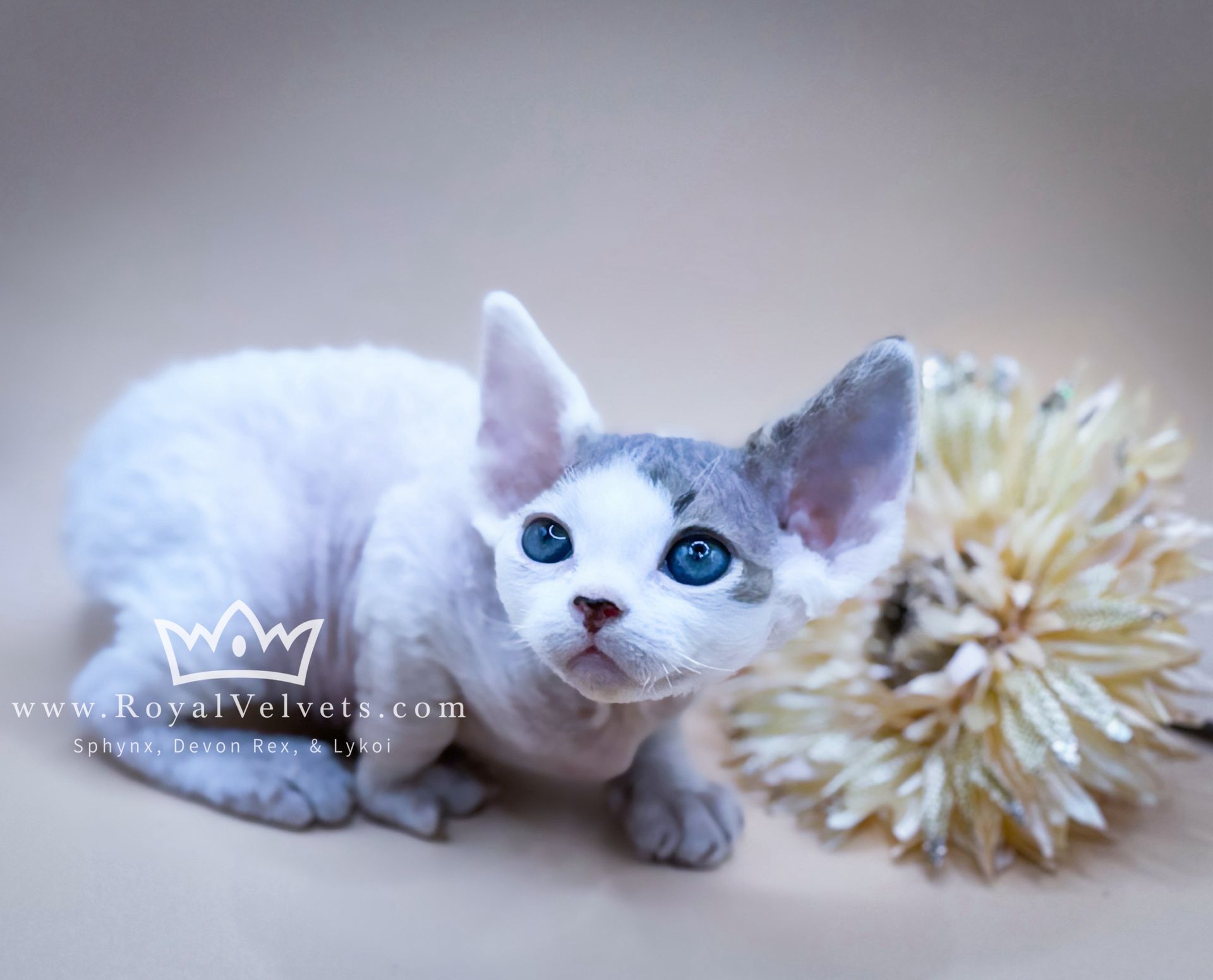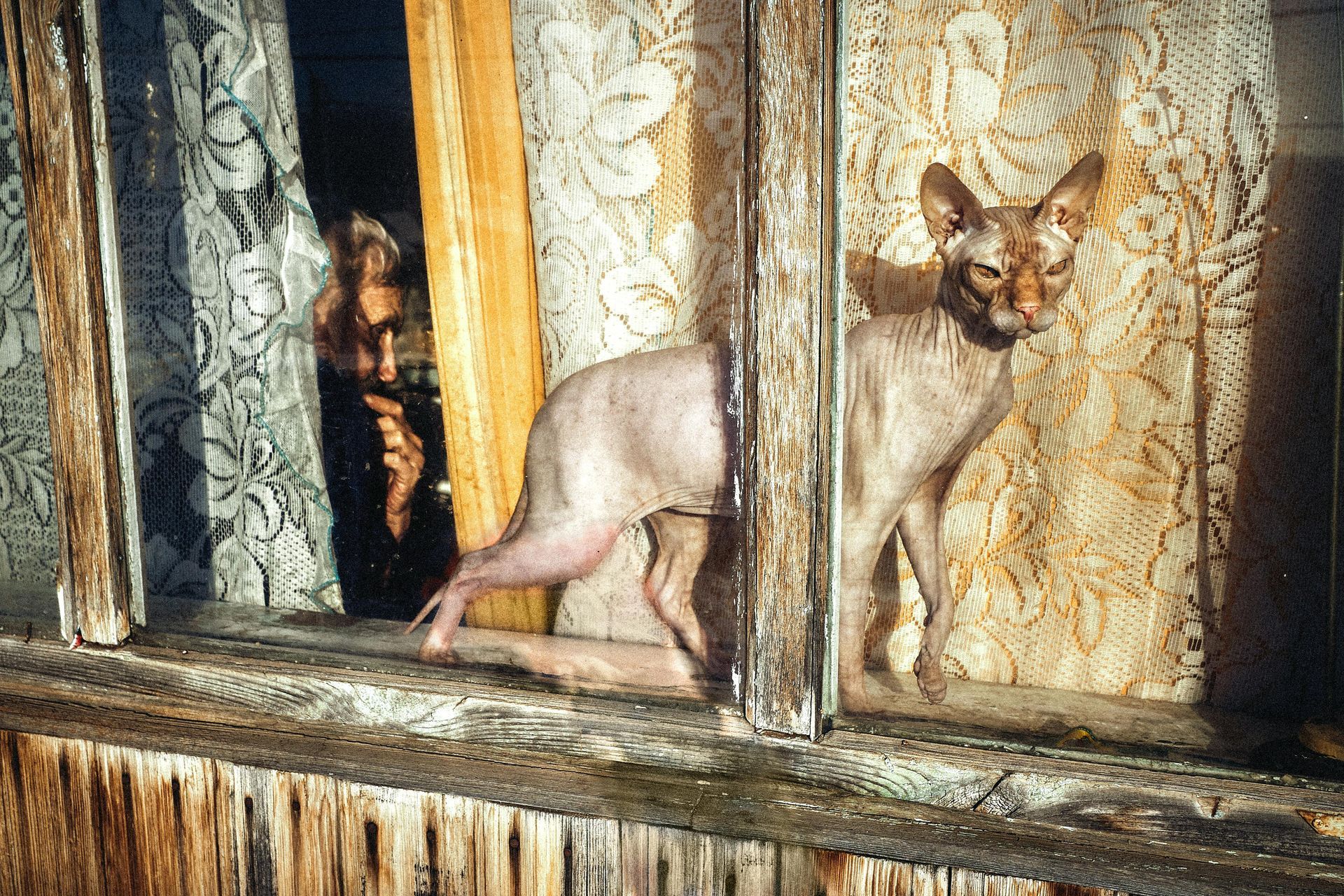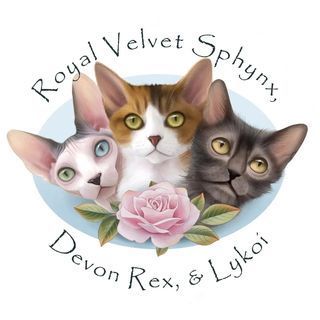The world of cat breeding is vast and intricate, with diverse techniques to ensure the well-being and beauty of our feline companions. One such method, known as outcross breeding, stands out not only for its ability to enhance the gene pool but also for the unique kittens it produces. At Royal Velvets, we've embraced this practice, occasionally offering enthusiasts the rare opportunity to own a "coated Sphynx". This article delves into the benefits and peculiarities of outcross kittens, especially our very own coated Sphynx, which offers a blend of iconic Sphynx aesthetics and a hint of furry charm.
Understanding Outcross Breeding
Outcross breeding is a practice where two cats of different breeds or lines are mated to produce offspring. This method is distinct from line breeding or inbreeding, where related cats are mated to emphasize specific traits. The primary goal of outcrossing is to introduce genetic diversity, which can significantly reduce the risk of inherited diseases and strengthen the overall health of the breed.
The broader gene pool resulting from outcrossing often leads to kittens with robust immune systems and fewer genetic complications. In addition, these kittens can showcase unique physical characteristics, making them stand out in the feline world.
"Coated Sphynx" - A Unique Variant
The coated Sphynx is a result of outcross breeding and brings a twist to what many envision when thinking of a Sphynx cat. Instead of the signature hairless appearance, the coated Sphynx possesses a fine coat of fur. This coat is not as dense as other breeds but is soft to the touch, providing a unique tactile experience for cat owners.
These cats inherit the playful, affectionate, and curious nature of a typical Sphynx, making them excellent companions. What's more, the coat can come in various patterns and colors, adding to the uniqueness of each individual kitten.
Owning a coated Sphynx is an opportunity to cherish the traditional Sphynx personality while enjoying the novelty of its appearance. It's a blend of the familiar and the unexpected, perfect for those who value both tradition and novelty.
Benefits of Outcross Breeding
Outcross breeding, though not as familiar to the general public, carries a host of advantages that benefit both the cats and their future owners:
Genetic Diversity: The primary reason breeders engage in outcrossing is to increase the genetic diversity within the breed. This diversity often results in healthier cats with a lower risk of inherited diseases.
Strengthening the Breed: By introducing new genes into the mix, breeders can reinforce certain desirable traits, be it related to appearance or health. This practice ensures the longevity and resilience of the breed.
Unique Combinations: Outcrossing can lead to the birth of kittens with unexpected and unique appearances. The range of colors, patterns, and coat types expands, offering potential cat owners a wider variety to choose from.
Cost-Effective: As mentioned, outcross kittens, particularly the coated Sphynx variant, often come at a more affordable price point. This provides an accessible route for individuals who wish to own a Sphynx cat without the typical price tag.
Maintaining Temperament: One of the greatest joys of owning a Sphynx is their affectionate and playful temperament. Outcross breeding ensures that these beloved traits are preserved, even if the appearance changes.
The journey of outcross breeding in the world of Sphynx cats is an exciting and beneficial venture, aiming to ensure the future health and vitality of the breed. While traditional Sphynx cats have always been a favorite among feline enthusiasts for their unique appearance and personality, outcross kittens offer a fresh perspective and an alternative for those seeking something different. Their distinct appearance combined with the cherished traits of the Sphynx make them a joy to own.
Opting for a coated Sphynx through outcross breeding not only allows potential cat owners to benefit from a lower price point but also contributes to the broader initiative of diversifying the Sphynx gene pool for healthier future generations. If you're intrigued by the possibility of owning one of these unique kittens, don't hesitate to explore the opportunity with Royal Velvets and get yourself added to the waiting list today.


